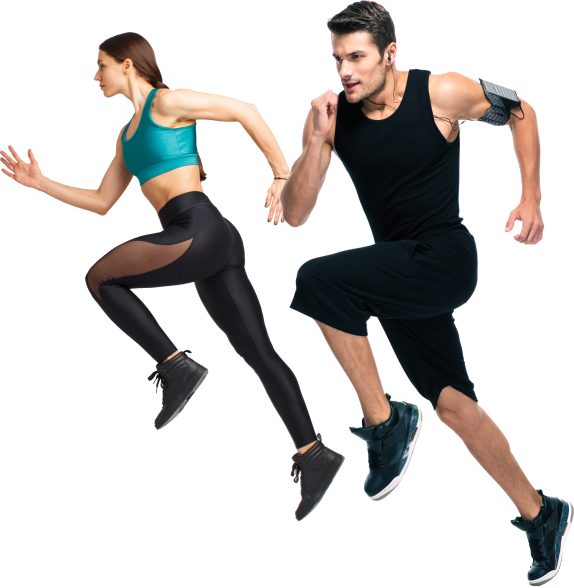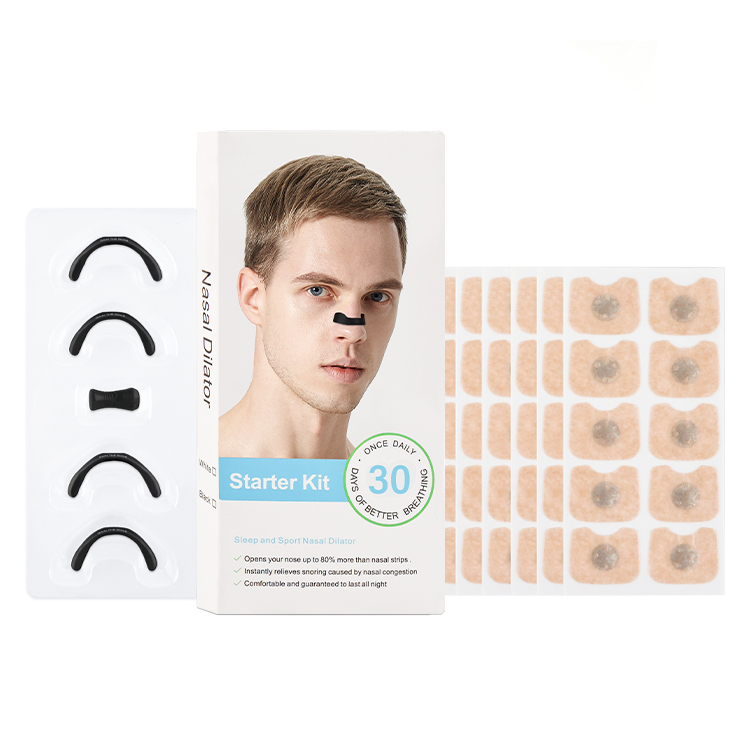If you’re an athlete, you might be familiar with the term ‘elastic bandage with velcro.’ These are commonly used by athletes to reduce pain and inflammation caused by muscle soreness. But did you know that these bandages can also help heal injured muscles more quickly? If you’re interested in a portion of your recovery routine, the 13 best ways to use elastic bandages for your recovery is going to give you some useful information.
Brief history of elastic bandage with velcro
Elastic bandage with velcro are a type of bandage made from elastic material. They were first invented in the early 1800s, and have been used for medical purposes ever since.
Elastic bandages are often used to wrap around injuries. They are very effective at holding wounds in place and preventing them from bleeding. Elastic bandage with velcro can also be used to support areas that have been injured, such as the neck or ankle.
Elastic bandage with velcro come in various sizes and shapes, and can be bought in most pharmacies. They are easy to use and can be applied by anyone who is familiar with first-aid procedures.

How to choose the right type of bandage
There are a few things you need to consider when choosing the right elastic bandage for your recovery. The first thing you need to do is to decide what type of injury you are suffering from. Are you experiencing pain, inflammation, or both? Once you have determined the type of injury, the next step is to choose a size.
elastic bandage with velcro come in different sizes, depending on the severity of the injury. For example, an elastic bandage that is designed for pain relief will be smaller than one that is designed for inflammation. You also need to consider how sensitive your skin is. Some bandages are made with a tighter weave than others, which can cause more discomfort.
The last thing you need to think about when selecting an elastic bandage with velcro is how long you will need it. Bandages that are designed for short-term use will be thinner than those that are designed for long-term use.
Overall, there are a few things to keep in mind when choosing the right elastic bandage for your recovery. By following these steps, you will be able to find the right bandage to fit your needs and avoid any discomfort or pain.
The 13 Best Ways To Use Elastic Bandages For Your Recovery
elastic bandage with velcro are a great way to help with your recovery after an injury. Here are 13 of the best ways to use elastic bandages for your recovery:
- Apply elastic bandages to the affected area to reduce pain and swelling.
- Use elastic bandage with velcro to support injured joints and muscles.
- Use elastic bandages to reduce pressure on nerves and blood vessels.
- Use elastic bandages to immobilize broken bones or limbs.
- Apply elastic bandages as a crutch after an injury.
- Apply elastic bandage with velcro to areas that are tender or swollen from inflammation or infection.
- Keep elastic bandages in a cool, dry place so they will last longer and be more effective when applied.
- Remove old elastic bandage with velcro before applying new ones so the wound is not irritated or reinjured.
- Make a kit of Elastic Bandage essentials including adhesive strips, scissors, and a tape measure so you can treat multiple injuries quickly and easily.
- Keep a roll of Elastic Bandage Tape in your emergency preparedness kit in case of an injury at home or while you are away from home on vacation!
Benefits of using elastic bandages over other types of compression
There are a number of benefits to using elastic bandages over other types of compression. These include:
- elastic bandage with velcro are more comfortable to wear than other types of compression bands. They are also easier to apply and remove.
- Elastic bandages provide greater compression than other types of compression bands. This means that they can help to reduce swelling and inflammation.
- Elastic bandages are less likely to cause skin irritation than other types of compression bands.
- Elastic bandages can be used in a variety of settings, such as at home, at the office, or during your recovery process.

What to do once your wound is healed
elastic bandage with velcro with velcro are a great way to help speed up the healing process for your injuries. Here are some tips for using elastic bandages the best way possible.
Once your wound is healed, it’s important to keep it clean and free of infection. To do this, you should wash the area with soap and water, then dry it off. You can use a topical antibiotic if you feel like the wound is infected. If you’re not sure whether or not the wound is infected, you can take a swab to test it.
After you’ve cleaned and disinfected the area, it’s time to put on your elastic bandage with velcro. You can choose from several types of elastic bandages, including band aids and athletic tape. Make sure to wrap the bandage tightly around the wound. The tighter the wrap, the faster the wound will heal.
If you have any questions about how to use elastic bandages or if you’re experiencing any problems with them, be sure to ask your doctor or healthcare provider. They’ll be able to give you advice on how best to use elastic bandages for your recovery.


